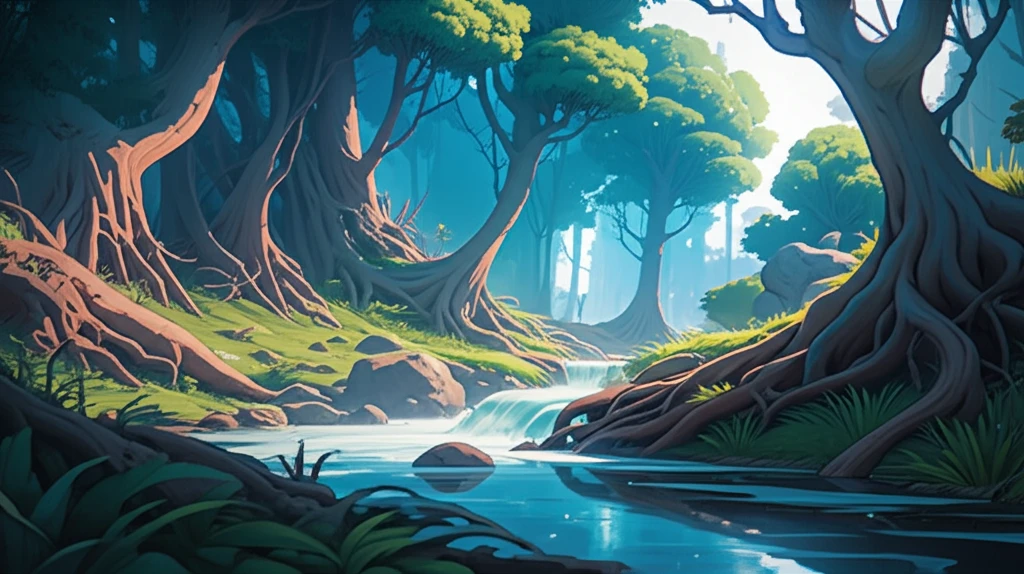
Decoding Nature's Dialogue: How Biogeomorphic Feedback Loops Shape Our World
"Unraveling the complex relationships between land, life, and time through the lens of biogeomorphic ecosystems."
Nature is a master of intricate conversations. From the meandering paths of rivers to the shifting sands of coastal dunes, our planet's landscapes are shaped by continuous dialogue between the living and non-living. This dynamic interaction is at the heart of biogeomorphic ecosystems, where the interplay of landforms, water, and life creates landscapes that are as resilient as they are beautiful.
Biogeomorphic ecosystems, such as rivers, salt marshes, mangroves, and coastal dunes, showcase a unique partnership between geomorphology (the study of landforms) and biology (the study of living organisms). In these environments, the landscape isn't just a backdrop; it's an active participant, influencing the distribution and behavior of plants, which in turn, modify the land itself. This creates a feedback loop that dictates the ecosystem's structure and function over time.
Traditional methods often fall short when trying to capture these two-way interactions. This is where the Cross-Lagged Panel Model (CLPM) comes in. This method offers a powerful tool for understanding how these relationships evolve and influence each other.
The Dance of Land and Life: Understanding Biogeomorphic Feedbacks

At the core of biogeomorphic ecosystems lies the concept of feedback loops. For example, consider a coastal dune system. Wind and waves deposit sand, creating an initial landform. Pioneer plants, like specialized grasses, colonize this new terrain. Their roots stabilize the sand, further building the dune, while their presence traps more sediment. This is positive feedback: the plants encourage landform development, which in turn supports more plant growth.
- Reciprocal Influence: Geomorphology and biology constantly affect each other.
- Feedback Loops: Positive feedbacks amplify changes, while negative feedbacks stabilize the system.
- Scale Dependence: Interactions occur across various spatial and temporal scales.
A New Perspective: Embracing Complexity in Environmental Management
By embracing tools like the CLPM and recognizing the dynamic interplay within biogeomorphic ecosystems, we can move towards more holistic and effective environmental management strategies. Understanding these complex relationships is crucial for predicting how ecosystems will respond to disturbances and for developing sustainable solutions that work with nature, rather than against it. As we face increasing environmental challenges, the insights gained from biogeomorphic research offer a path towards a more resilient and harmonious future.
